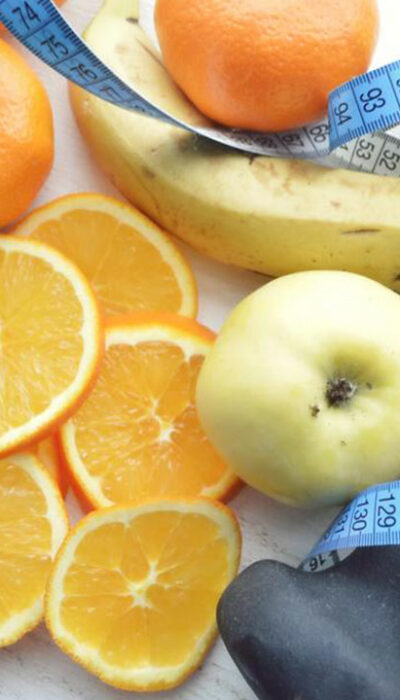
Basics of a Hypothyroidism Diet
Hypothyroidism is a condition that occurs when the levels of thyroid in the body decreases. There are two thyroid hormones: thyroxine and triiodothyronine. You can face a lot of problems when the levels of either thyroid hormones are low. When this happens, a change in diet alone might not be enough. However, avoiding and eating certain foods as a part of your regular meals can improve the absorption of these hormones by the body. It is important to eat the right food as it impacts your health directly. Foods have the basic nutrients and minerals that keep the body working. It is the fuel that plays a big impact on how the body functions. The wrong foods can make the situation a lot worse. Nutrition-rich foods have health benefits that can treat thyroid. Foods to Include in a Hyperthyroidism Diet Selenium High amounts of selenium can be found in Brazilian nuts, sunflower seeds, and several other foods. It is required for the enzymes to check if the thyroid hormones are functioning properly. Tyrosine These are amino acids that the thyroid glands need to produce the T4 and T3 hormones. You can find plenty of amino acids in foods like dairy products, meats, and legumes. You can also take supplements for the same. However, it is best to consult a doctor before you do so. Antioxidant-rich Fruits and Vegetables One of the first signs of hyperthyroidism is weight gain. A healthy hyperthyroidism diet will have high-density foods that are also low in calories. Fruits and vegetables are a vital part of this diet. They also help in balancing the weight. You need to consume adequate amounts of these fresh fruits and vegetables every day. Tomatoes, blueberries, bell peppers, and several other foods are rich in antioxidants. They can improve the condition of the thyroid gland and are also good for health.










